Tree planting is currently at the forefront of many environmental policies. It’s the perfect opportunity to establish new trees in our hedgerow network. Well-managed hedges provide overlapping woodland, flowering scrub and pasture habitats, and mimic the rich environment of a woodland edge. Hedgerow trees are a valuable component in this habitat mosaic.
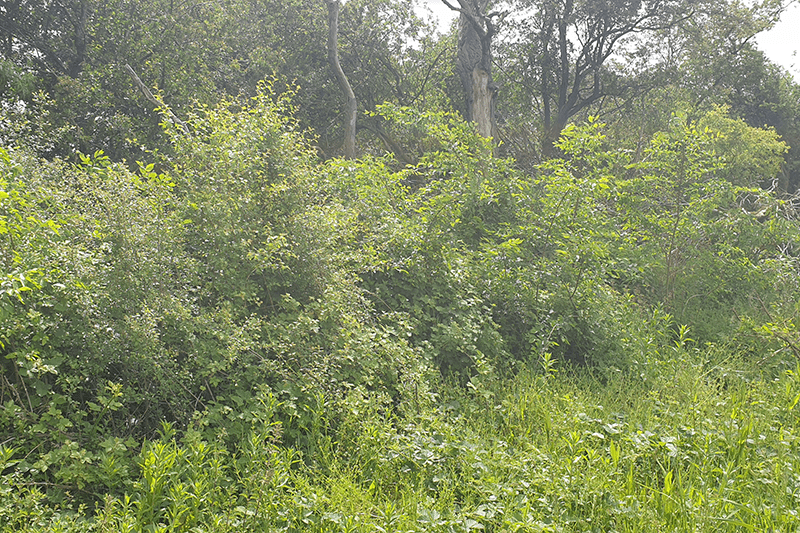
The wildlife value of hedge trees
Hedgerow trees provide many important resources for wildlife. Over half our priority species associated with hedgerows rely on trees. Birds nest in trees and use them as territory markers or song-posts from which to sing in the spring. Old hedgerow trees provide valuable dead wood habitat for the UK’s 2000 deadwood-dependent insects.
Hedgerow trees are hugely important for the 75% of the UK’s bat species that roost in trees. A recent study found that soprano pipistrelle bats were more active in taller hedges with trees along their length than in sympathetically managed hedgerows (taller than 2m and not cut the year before) without trees.
Many of the UK’s broadleaved plants only flower and fruit on second year wood. In years when the scrub layer of a hedge has been trimmed, or when the hedgerow is layed or coppiced, hedgerow trees provide a continuity of flower and fruit resources.
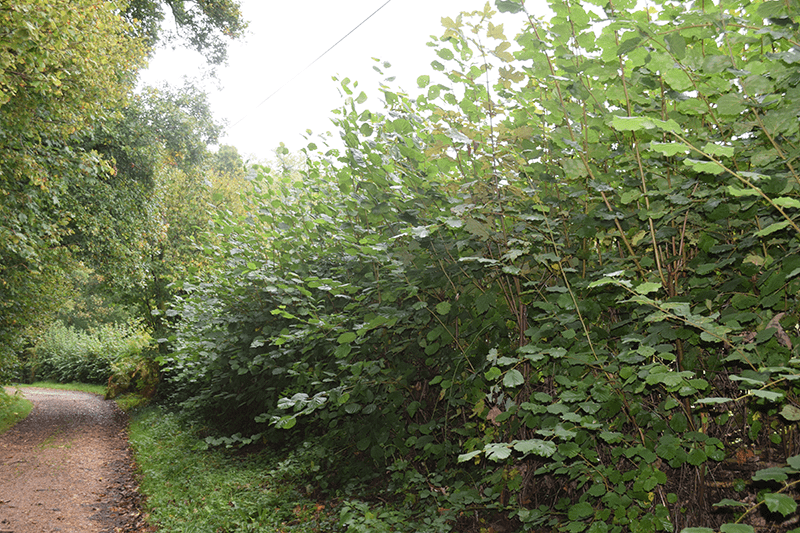
Other benefits of hedgerow trees
Incorporating trees into the hedgerow network benefits people as well. At this time of year, hedgerow trees provide shade for livestock. They help capture carbon and can be managed to provide a sustainable supply of wood fuel or timber. Old trees provide habitat for deadwood-dependent pollinators. A key advantage of establishing trees in the hedgerow network is that they don’t take any additional land out of production.
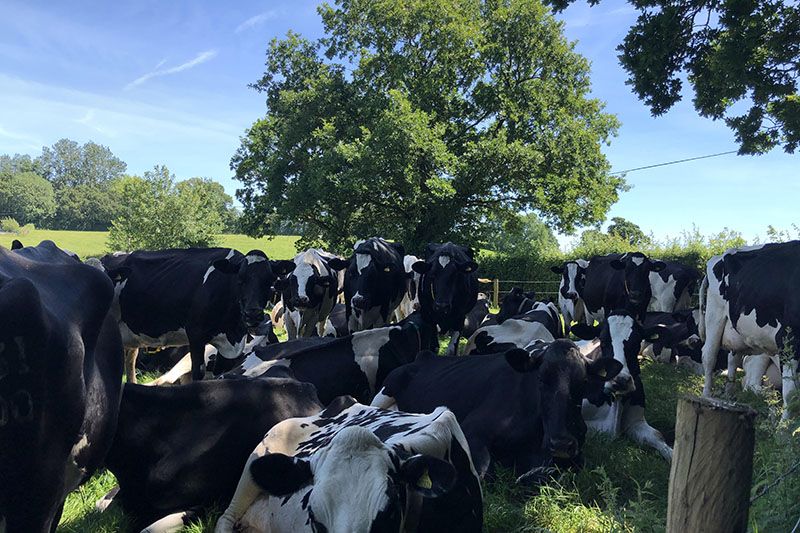
Establishing trees in a hedge network is clearly a good thing. However, this shouldn’t be confused with allowing the scrub/shrub layer of the hedgerow to develop into a line of trees. This isn’t good for wildlife as all of the dense vegetation providing valuable shelter is lost at the base of the hedge.
Over time a line of trees will be lost as individual trees complete their life-cycles. This reduces the carbon storage capacity. A better option for both wildlife and carbon storage, is to manage the scrub layer according to its natural life-cycle, while managing and establishing isolated hedgerow trees.
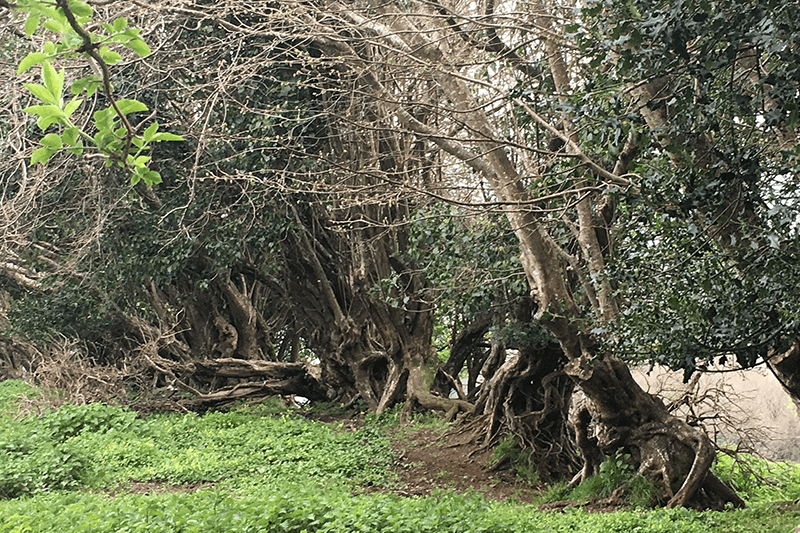
Establishing new hedgerow trees
Many hedgerow trees have sadly been lost to disease, such as Dutch elm disease and ash dieback. Even without the presence of tree diseases, young hedgerow trees need to be recruited into the hedge network to become the grand old hedgerow trees of the future. A 2010 report by Defra, suggested that 45% of hedgerow trees should be under 20cm diameter at breast height in a stable hedgerow tree population. The report used Countryside Survey data. In 2007, only 19% hedgerow trees were under 20cm diameter, demonstrating the need to establish more.
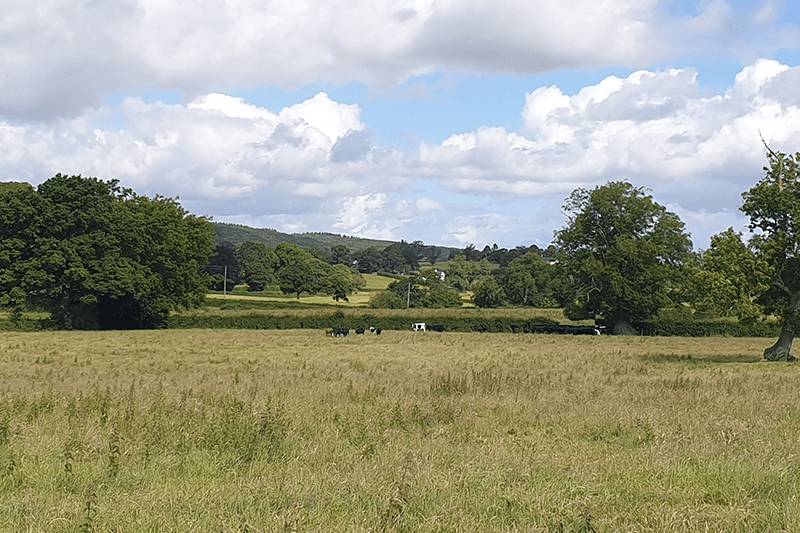
Hedgerow trees can be established by tagging suitable young trees already present in the hedge network. These young trees can be saved from the trim. The next time a hedge is coppiced or layed, a few stems can be kept behind to develop into isolated hedge trees.
Establishing trees in this way, particularly in old species-rich hedges, helps to preserve the local genetic tree diversity. The greater the genetic diversity, the more likely an individual tree can survive the effects of drought, flooding or other extreme weather events under a changing climate.
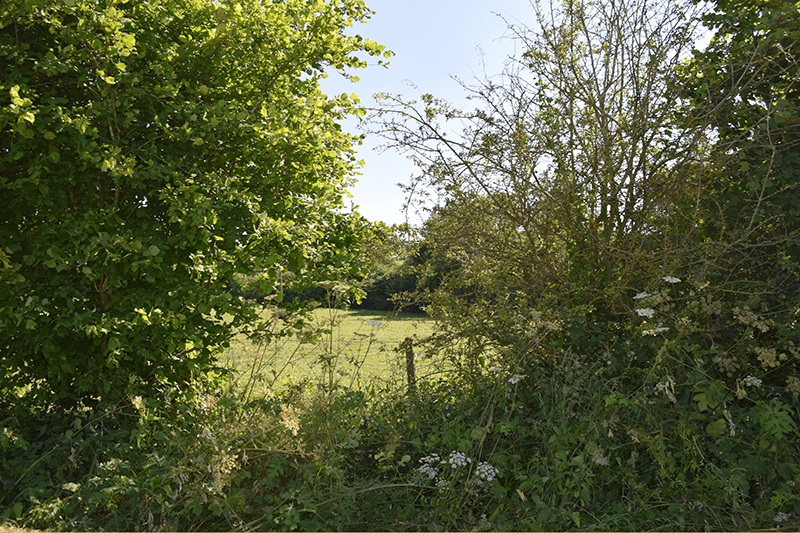
Planting new hedge trees in gaps in a hedgerow is best done when rejuvenating the hedge through coppicing or laying. This prevents the existing hedgerow from shading the newly-planted trees. Local tree genetic diversity can still be retained by acquiring young tree stock from community tree nurseries.
Planting new hedgerow trees has the added benefit of allowing us to increase the species diversity of the hedgerow. A greater plant species diversity is more likely to meet the dietary and nesting requirements of more of our wildlife.
Can you help to plant a tree in hedgerow?
